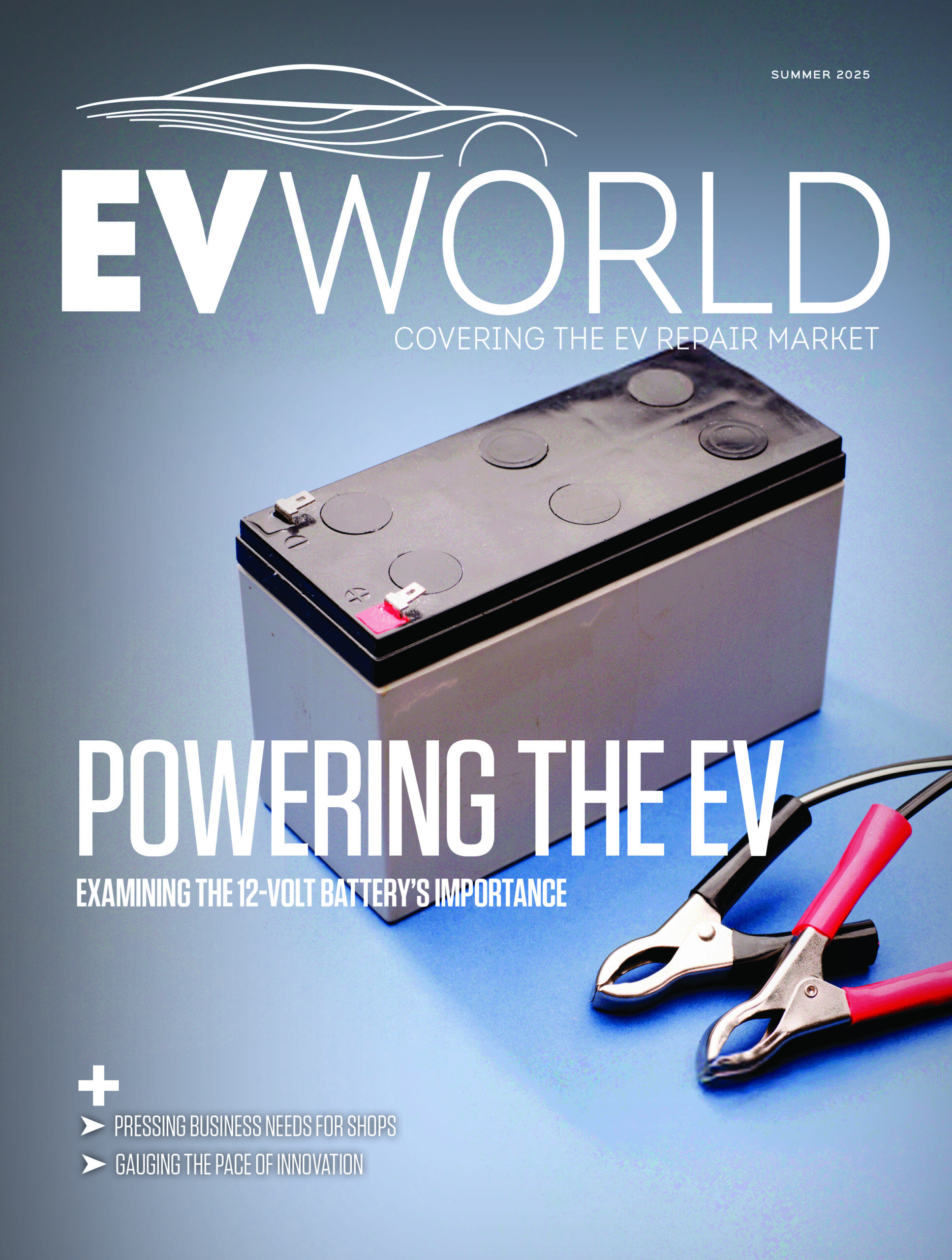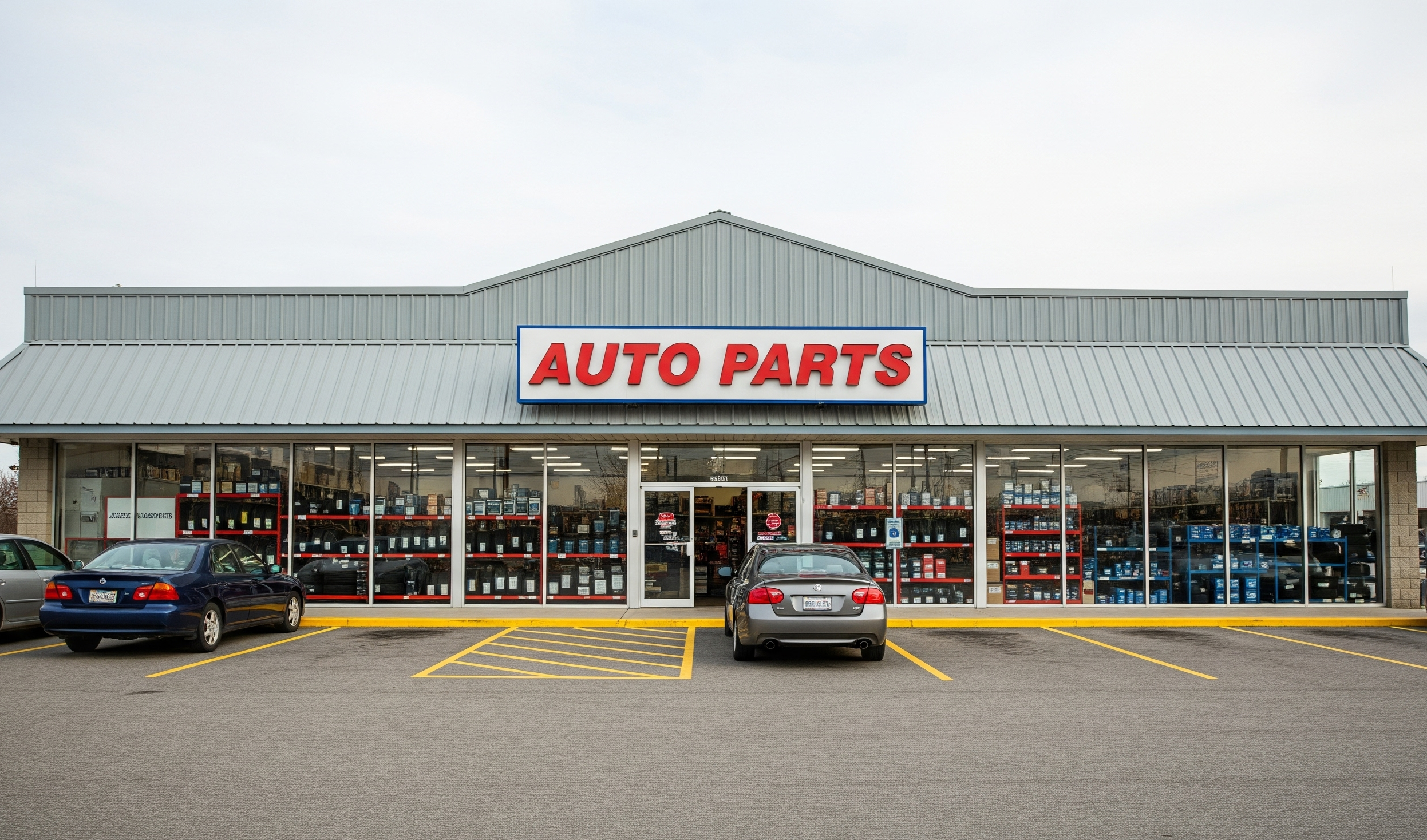
Starting next year, the number of vehicles in the auto repair-age sweet-spot—cars and light trucks six to ten years old—will shrink significantly for a prolonged period, reported an industry analysis.
The reduced number of new vehicles sold from 2020 through 2024 has caused some aftermarket analysts to be worried, observed Lang Marketing. The fear is that aftermarket business could take a hit through 2030 as fewer vehicles sold during that period will lead to fewer entering the repair-age sweet-spot.
“While this reasoning seems compelling, Lang Marketing believes several key factors will fuel an increase, not a decrease, of annual aftermarket volume,” it said.
The consequences of plunging new vehicle sales during 2020 are working through the vehicle population. They will soon begin to hit the repair-age sweet-spot — and next year, the number of vehicles six to ten years old will decrease significantly, falling annually through 2030 and beyond, Lang reported.
In the U.S., 85 million vehicles six to 10 years old will be on U.S. roads in 2025. By 2030, this group that makes up the aftermarket sweet spot, will shrink by more than 12 million, down about 15 per cent.
Despite the decline in sweet-spot vehicles, Lang outlined three factors will help the aftermarket grow
Not all miles are equal
As vehicles age, they generally require more repairs per mile than newer cars and light trucks. If a consumer with a five-year-old vehicle does not replace it with a new model, they will drive their aging vehicle for several more years, generating more aftermarket product use than if they had been driving a newer model. This increased wear and tear on older vehicles will drive demand for replacement parts and purchased services.
Miles shift to older vehicles
With fewer new vehicles added each year, older vehicles are driven additional miles, boosting aftermarket parts and purchased services per vehicle mile. This trend will be repeated millions of times over the next several years as the aging vehicle population increases the aftermarket parts and purchased service volume per vehicle mile.
High sweet-spot age boundaries
Low new vehicle sales from 2020 through 2024, and probably longer, will lead to a shift in the top boundaries of the repair-age sweet spot. This shift reflects changes in the age mix of vehicles and their accumulated mileage. Older vehicles will remain in the sweet spot longer, continuing to generate demand for aftermarket products and services.
Aftermarket product outlook
Lang warned that some aftermarket products, like accessories, are at risk of seeing reduced annual sales.
“Replacement parts (and the purchased services required for diagnosis and installation), chemicals and tools and equipment sales will benefit from the vehicle population shift in which older cars and light trucks are driven more miles annually and accumulate higher mileage.”
Image credit: Depositphotos.com













Leave a Reply